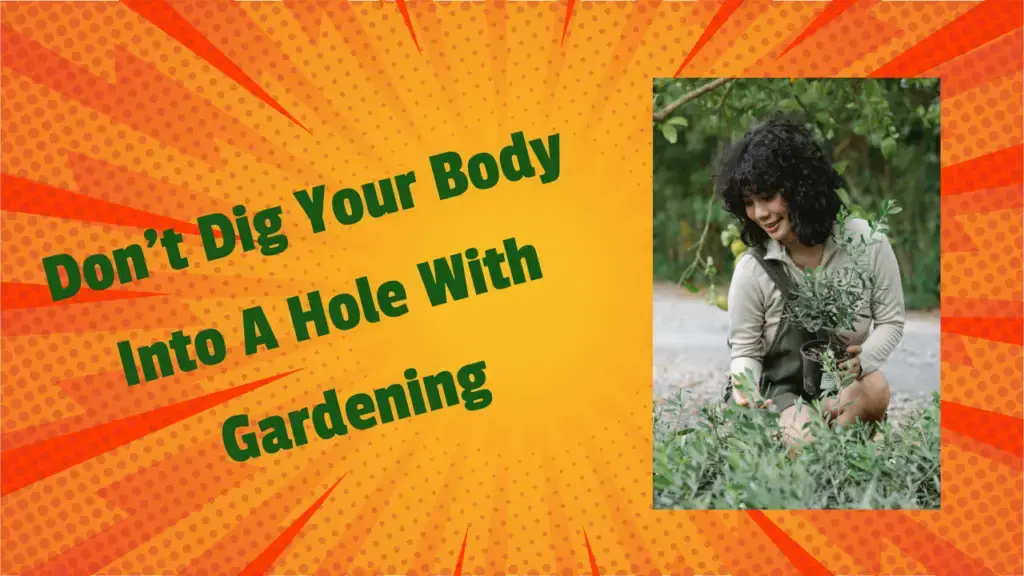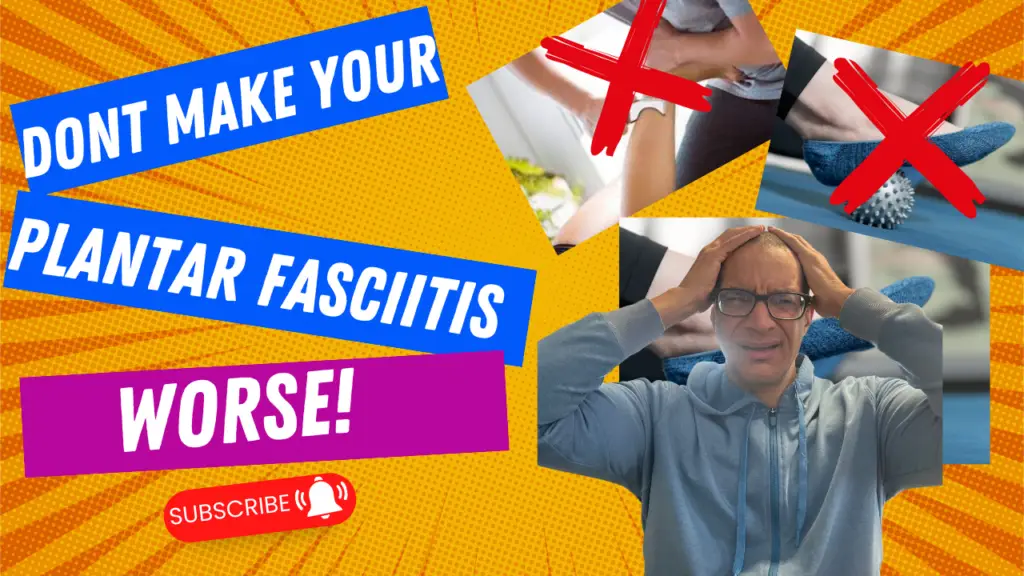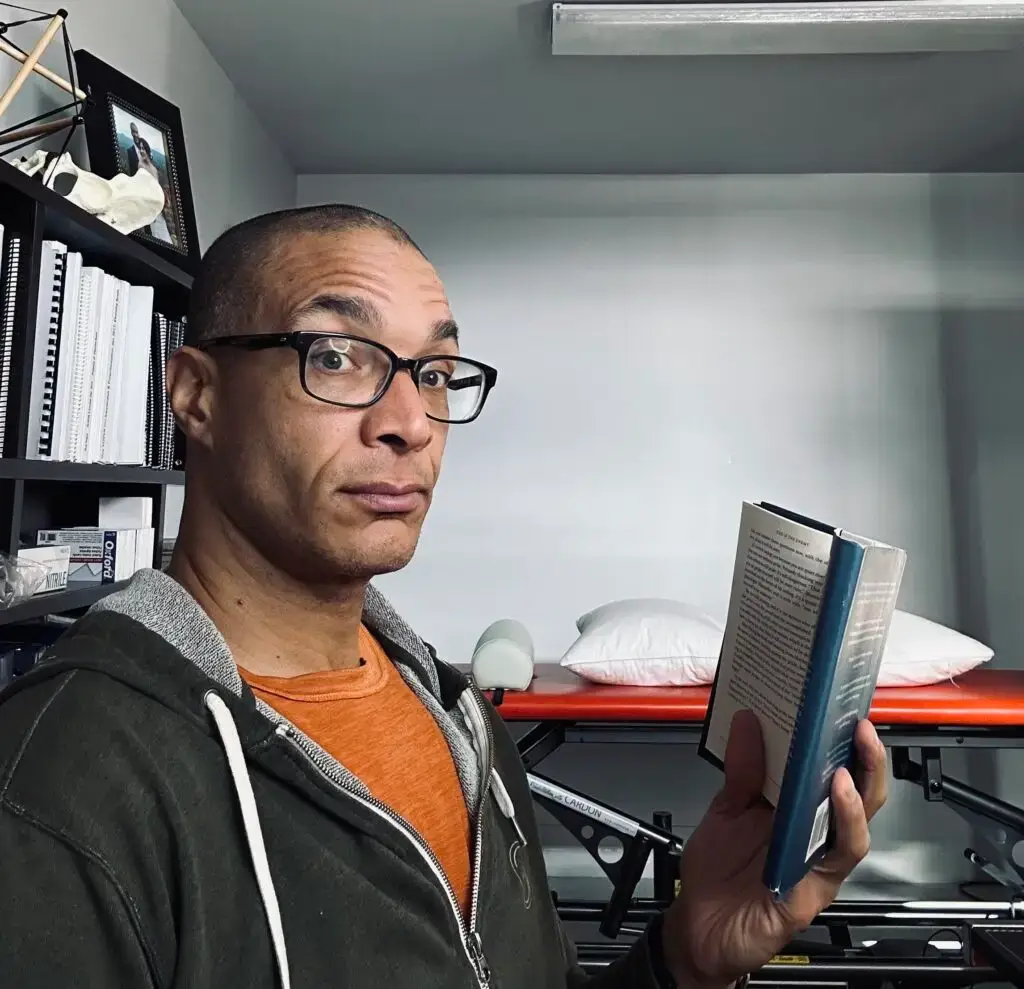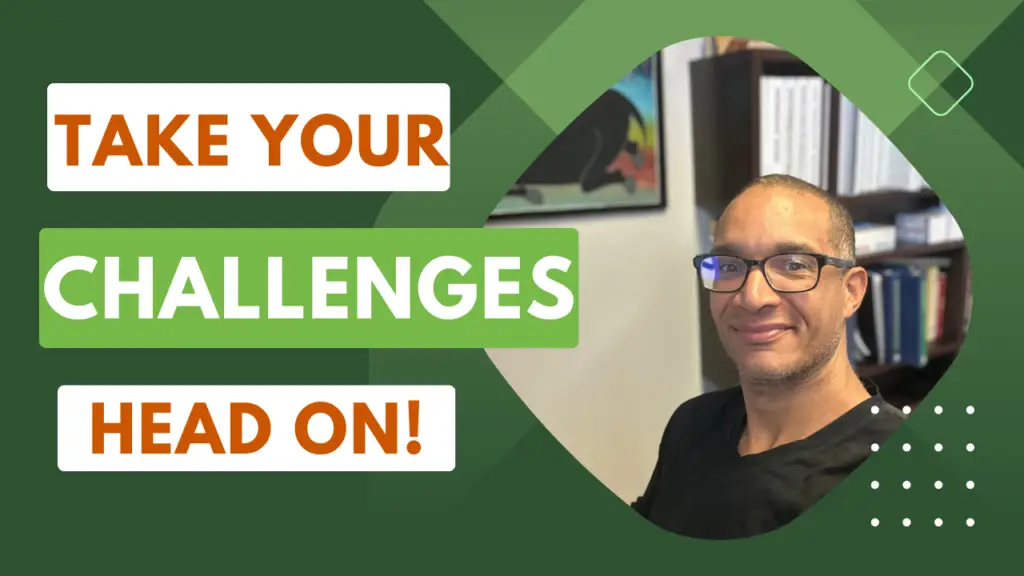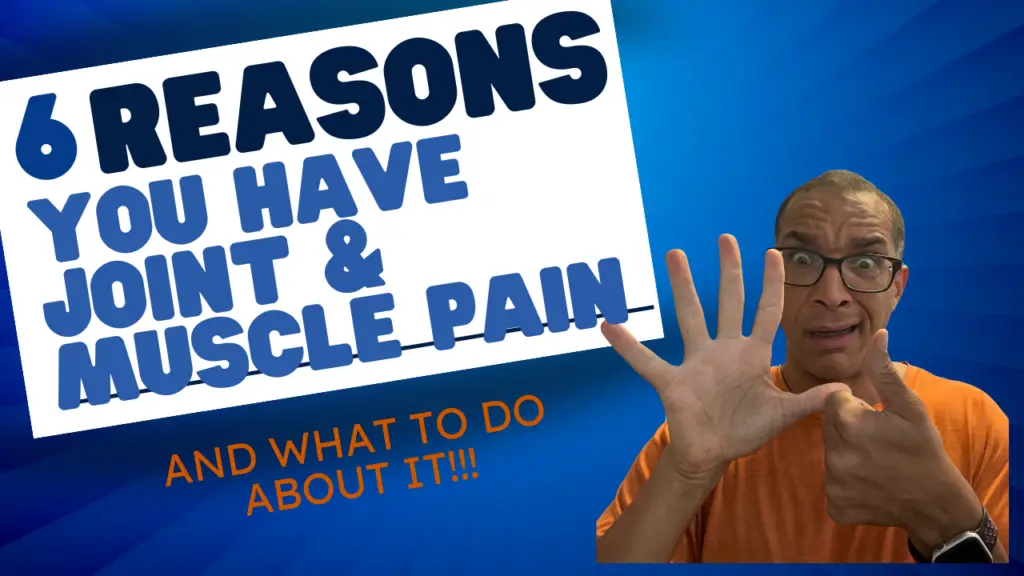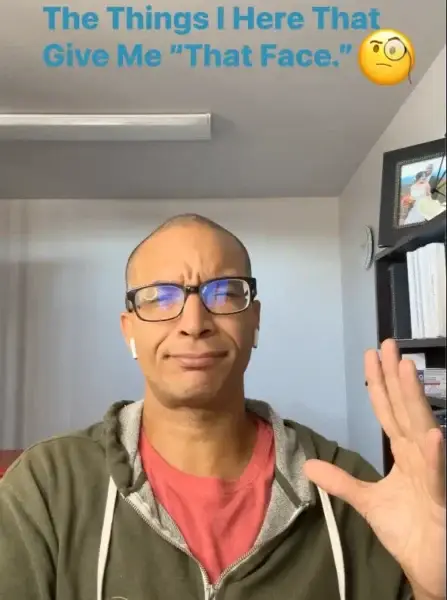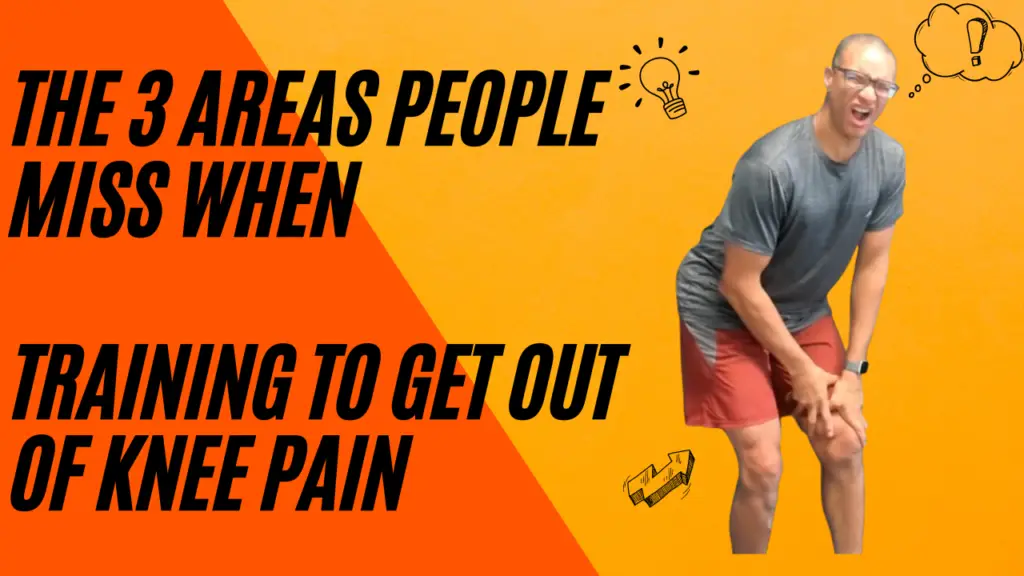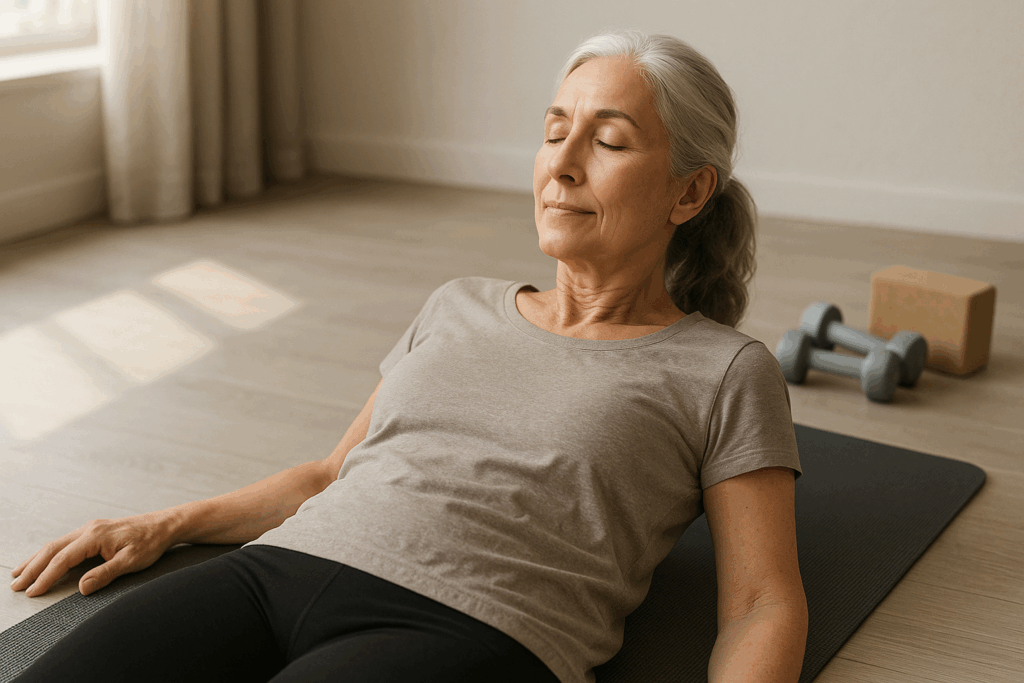
When it comes to building a strong foundation for wellness, most of us don’t immediately think about the power of acceptance in recovery. But understanding and embracing this vital skill is the key to sustainable health—a lesson that supports not just our bodies but our mindset as well.
Why Acceptance in Recovery Matters
We live in a world that values more—more steps, more reps, more improvement—but less appreciation for necessary pauses. Acceptance in recovery isn’t about settling; it’s recognizing where you truly are, granting yourself permission to rest, and letting your body rebuild. This is where deep, lasting progress begins. Reminder that you’re on the right path—reach out. You’re not alone.
How to Practice Acceptance for Better Results
It’s simple, but not always easy. Try these steps this week:
- Pause: Take a gentle breath and notice what’s happening inside your body.
- Reflect: Identify what form of rest or slow movement calls to you—maybe a walk, restorative stretching, or even a day off.
- Trust: Honor your answer, no matter how different it might look from your usual “best.”
Example: On busy weeks, our core Santa Fe members sometimes use guided fascia work instead of a traditional workout. This is real progress.
The Science Behind Rest and Adaptation
Your muscles, fascia, and nervous system all require downtime to strengthen and adapt. Studies like this one from Rest and recovery for athletes – physiological & psychological well-being show that real resilience comes not just from stress, but from quality recovery as well.
Building Sustainable Health Over Time
Accepting the need for rest now actually sets you up for even better results later. Consistent recovery is the building block of longevity and vitality—for deeper science on holistic progress, see our resource:
The Ultimate Guide For A Holistic Exercises And Fitness Program
Acceptance is the quiet, powerful force that allows you to age well, stay resilient, and enjoy your body longer. This week, choose at least one act of kindness for your body and trust that recovery is where progress truly begins.
If you want tips on restorative movement or ways to integrate rest, just reach out. You’re not alone on this path. Schedule a one-on-one consult to see how you can use holistic exercise and fitness to give your body what it needs. Complimentary consultation.
Follow the Thread—Where Movement, Fascia, and Freedom Align
Find more insight, reflection, and fascia-informed care across the platforms where we stay connected:

